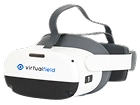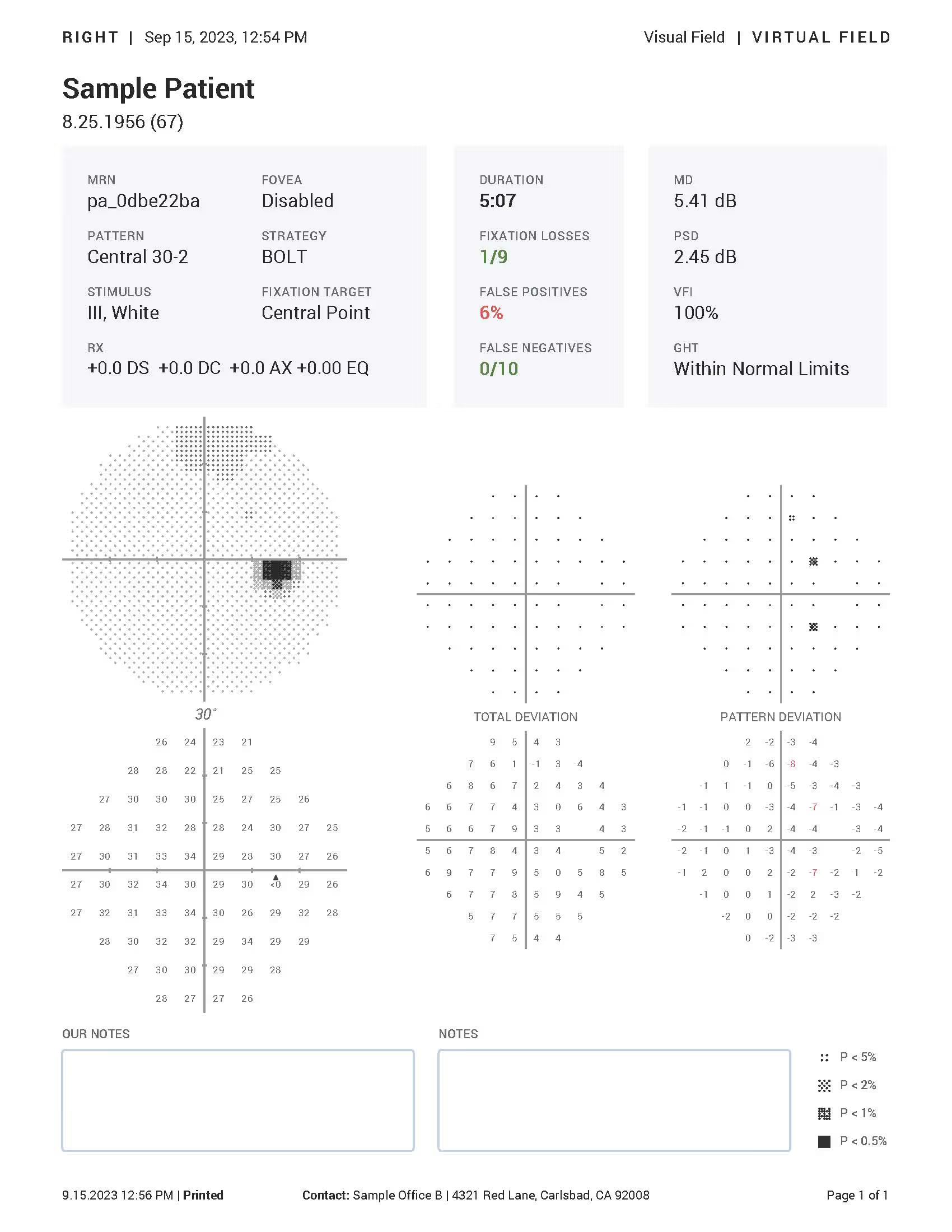When patients present with unexplained or vague vision concerns, increased eye pressure, migraine, or risk factors for glaucoma, the 30-2 visual field exam could shed some light on their condition. This relatively broad exam assesses 30 degrees from fixation and covers a wider area of the visual field. This way, you can identify symptoms that may or may not be noticeable and intervene proactively.
The 30‑2 is traditionally performed on tabletop perimeters in a darkened room over the course of 15 – 20 minutes, but Virtual Field’s neuro‑ophthalmology visual field device—a fully portable threshold perimeter — is a faster, more patient‑friendly way to conduct the exam. By incorporating the Virtual Field 30‑2 test into routine eye care, you can monitor changes over time and take steps to protect a patient’s sight before damage becomes permanent.
30-2 Visual Field Exam Overview: Testing with a Portable Threshold Perimeter
The Virtual Field 30-2 test assesses 76 points across the central and peripheral visual field, covering an area from the central 0° to 30° in all directions. This test creates a more complete map of the visual field compared to the 24-2 or narrower visual field tests. The 30-2 takes both the central and peripheral vision into account.
The 30-2 test is commonly used for glaucoma patients because it can detect peripheral defects and subtle changes that might otherwise be overlooked in tests that focus exclusively on central vision. It’s also useful for optic neuropathy, retinal disease, migraine, and neurological disorders. Because the 30-2 is so broad, it can also help eliminate underlying conditions that contribute to vision changes.
Traditionally, the 30-2 visual field test was performed in a darkened room using a tabletop perimeter device. This can be uncomfortable for patients, especially those with mobility issues or those who struggle to maintain focus. Today, a portable threshold perimeter — like Virtual Field’s neuro‑ophthalmology visual field device—delivers the same data in a headset form factor.
Bonus use‑case: The 30‑2 protocol also serves as a quick hemianopia assessment for stroke and tumor patients.
Academic references and clinical validation
A study published in the Journal of Glaucoma demonstrated that the 30-2 visual field test is effective in detecting and measuring clinically meaningful visual field progression in glaucoma patients. This emphasizes that even a 30% reduction in visual field progression could impact patients’ quality of life.
This smaller study used the 30-2 visual field test, specifically short wavelength amplitude perimetry, to assess visual field changes in migraine patients. It revealed significant deficits in the migraine group, with some showing early signs of glaucomatous visual field loss.
This study compared the 30-2 and 24-2 Humphrey visual field tests and found that, in most cases, the 24-2 strategy gave similar results but with less testing time and variability. However, the 30-2 test was better at detecting very subtle nerve fiber defects, making it especially useful for monitoring conditions like idiopathic intracranial hypertension.
Clinics that implement Virtual Field experience an average return on investment of 902%.
.avif)
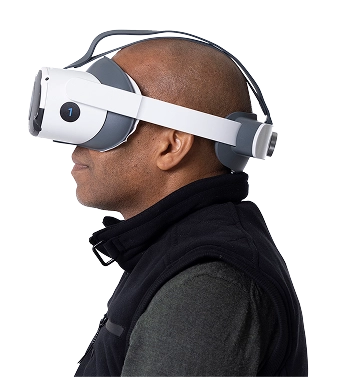
30 days free.
No strings attached.
We are confident you’ll love Virtual Field just like the 2,000 doctors who have already made the switch.
The 30-2 Visual Field Exam at a Glance - Ideal for Hemianopia Assessment
The 30-2 is known for being the broadest visual field exam, other than Full Field tests. This makes it an excellent tool for eliminating underlying conditions and establishing an overview of a patient’s central and peripheral vision. Patients who complain of unexplained, vague, or hard-to-pinpoint visual changes may get answers with a 30-2 exam. However, because it’s so broad, subtle visual field changes may not register with this test. Any borderline test results should be re-examined with a more sensitive test. If you’re using traditional tabletop perimeters, this could be time-consuming and exhausting for the patient.
Pros and cons of the 30-2 Exam
The pros and cons that follow can help guide you toward the ideal scenarios to incorporate this test into your patients' diagnostic assessments.
Pros
Covers 30 degrees with 76 points on a single pass using a portable threshold perimeter.
You can establish solid baseline measurements for future data comparisons.
A wide testing range can reveal early glaucoma, optic neuritis, and rule out specific underlying causes.
Cons
The peripheral points in the 30-2 test are more susceptible to variability, which can lead to somewhat less reliable results.
The 30-2 test is broad, so in the case of borderline visual field defects, results can be inconclusive and require more specialized testing.
The 30-2 test duration is slightly longer than others. On traditional tabletop perimeters, this can be as long as 6.5 minutes per eye.
List of Ocular Diseases Monitored and Diagnoses Identified by the 30-2 Visual Field Exam
The Virtual Field 30‑2 test helps diagnose or monitor:
Glaucoma
Glaucoma is extremely common. You can identify its early stages using the 30-2 exam. Defects like nasal step, arcuate scotomas, or paracentral scotomas will appear in these test results. Many optometrists use the 30-2 to establish a baseline to monitor glaucoma progression and create a treatment plan.
Identify Visual Disturbances
Ruling out underlying conditions like pituitary or brain tumors and lesions. The 30-2’s range of points can help identify specific patterns of visual field loss and reveal conditions affecting the visual pathways. Patients with migraine may notice temporary blind spots or visual distortions that can be picked up with the 30-2. The test can also be used as a hemianopia assessment for stroke, pituitary adenoma, or traumatic brain injury.
Diabetic Retinopathy
Macular edema and ischemia related to diabetes can cause peripheral vision loss. The 30-2 visual field tests can track disease progression in the periphery and identify significant visual field defects. Specifically, it’s useful for detecting generalized constriction of the visual field as well as scotomas.

60+
Macular Degeneration is the leading cause of vision loss in Americans aged 60 and older
2.5M
AMD affects 2.5 million Canadians
Optic Neuropathies
The 30-2 exam can help spot optic neuritis, non-arteritic anterior ischemic optic neuropathy, and other conditions that damage the optic nerve. You can use this test to pick up on telltale signs like central scotomas, arcuate defects, or altitudinal field losses.
Age-Related Macular Degeneration
AMD typically affects the central vision, leaving the peripheral fields less affected, but the 30-2’s broad testing range can help identify and monitor age-related macular degeneration.
Retinitis Pigmentosa
The 30-2 is useful for revealing the early stages of tunnel vision or ring scotomas associated with retinitis pigmentosa. As the scotomas slowly move inward, patients with retinitis pigmentosa will need frequent visual field tests, especially the 30-2.
Other Conditions
The 30-2 exam can also be used to monitor or diagnose:
- Retinal vein/artery occlusion
- Retinal detachment
- Hydroxychloroquine toxicity
- Myasthenia gravis
- Autoimmune and inflammatory disorders
Example 30-2 Report
30 days free.
No strings attached.
We are confident you’ll love Virtual Field just like the 2,000 doctors who have already made the switch.
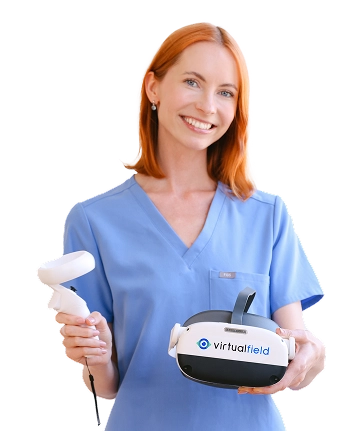
Billing and Coding for the 30-2 Visual Field Exam
You can bill for the 30-2 visual field exam using CPT code 92083. This code is designated for extended visual field exams and applies to the most common tests in this category.
In the United States, the Medicare Physician Fee Schedule (MPFS) indicates reimbursement at $40 to $90, with an average of $62 per test. This amount will vary depending on location, practice setting, and other factors.
When is the 30-2 visual field exam required?
This test best detects and monitors glaucoma and other optic nerve diseases. For patients with neurological conditions, ocular hypertension, or unspecified vision changes, the 30-2 can be revealing. You may need to administer further tests for more definitive results, but the 30-2 tests have more points, so you can begin to uncover issues that would otherwise go unnoticed.
Is the 30-2 visual field test required for driver’s licenses?
Vision screening is part of the driver’s licensing process in the United States and Canada, but the 30-2 visual field exam isn’t explicitly mandated in all states. It does offer valuable information that would be relevant to driving ability, including details about blind spots. For this reason, some states specify that 30-2 test results are acceptable. For example, in Virginia, when the DMV requires a detailed visual field test, only a threshold perimetry test that measures the central 24–30° of vision is acceptable. This includes the 30‑2 or 24‑2.
Start Conducting the Virtual Field 30-2 Test on a Portable Threshold Perimeter
The Virtual Field 30‑2 test’s applications are almost as wide‑reaching as its testing range. Collecting 76 data points in central and peripheral fields of vision can reveal early-stage glaucoma, optic neuropathies, and AMD, and help rule out other conditions that impact vision.
The exam is highly valuable, but it can be exhausting or unreliable for patients when performed on outdated equipment. Virtual Field makes the 30-2 testing process much faster, more precise, and efficient with our patient-friendly headset and advanced algorithm.
Want all 23 exam guides in one place?
FAQs
1. When should I choose a 30-2 field over a 24-2?
2. What is the usual test time for a 30-2 on Virtual Field?
3. Does head-mounted testing remove the need for a patch on the fellow eye?
4. Which CPT code applies to the 30-2 visual field?
5. How does the device handle false-negatives in tired patients?
6. Can I overlay a 30-2 on previous MRI visual field plots?
Ready to get started?
Schedule a demo or begin your 30-day free trial of Virtual Field to try our EOM exam in your practice.
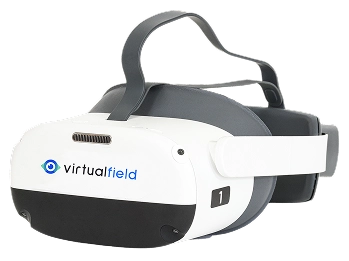
Questions? Contact sales@virtualfield.io talk to a Virtual Field expert today.

